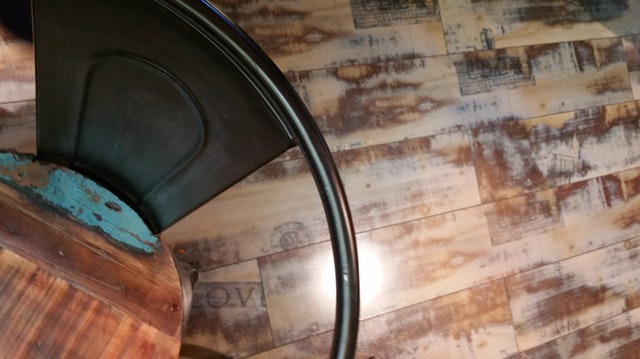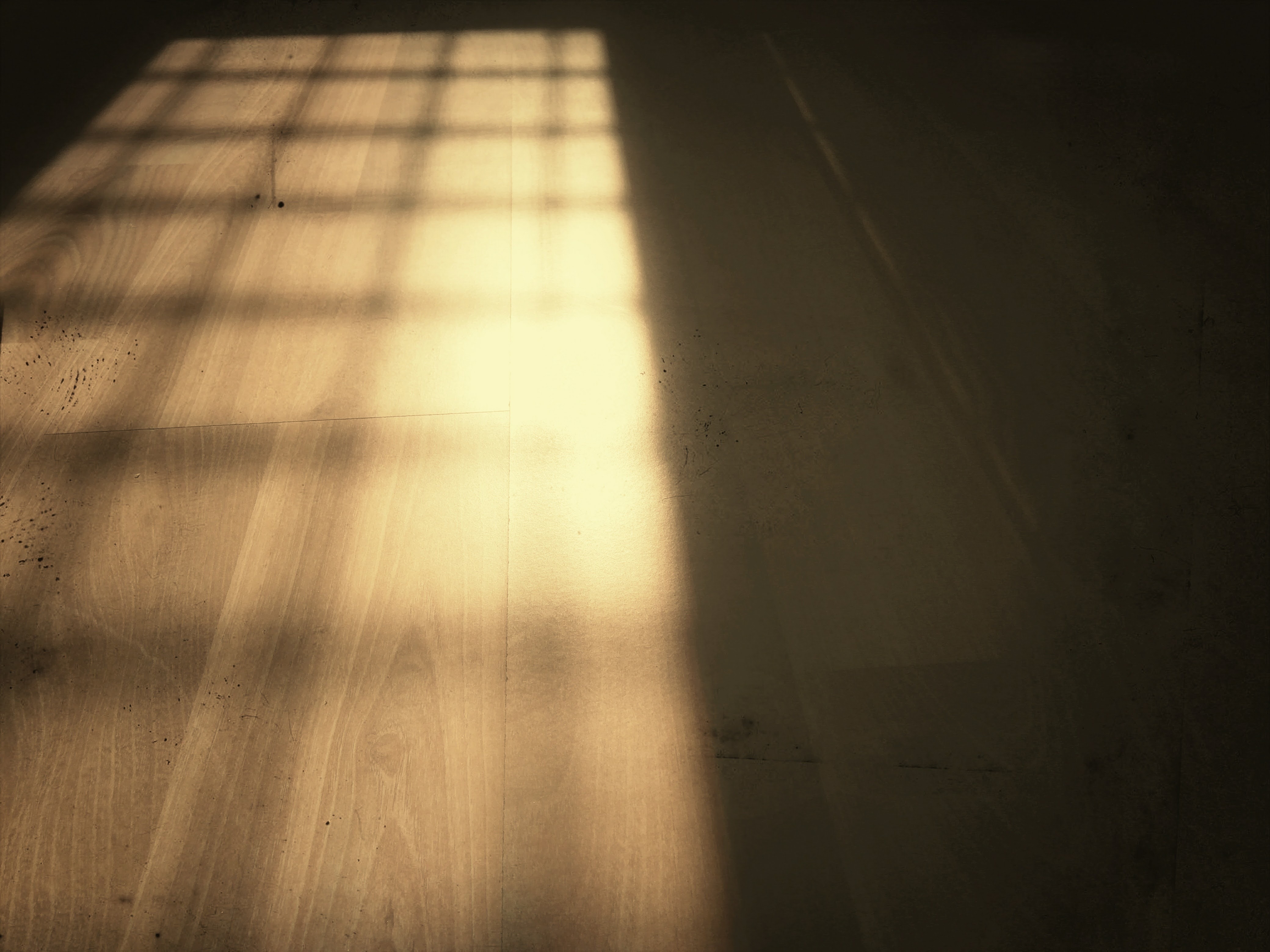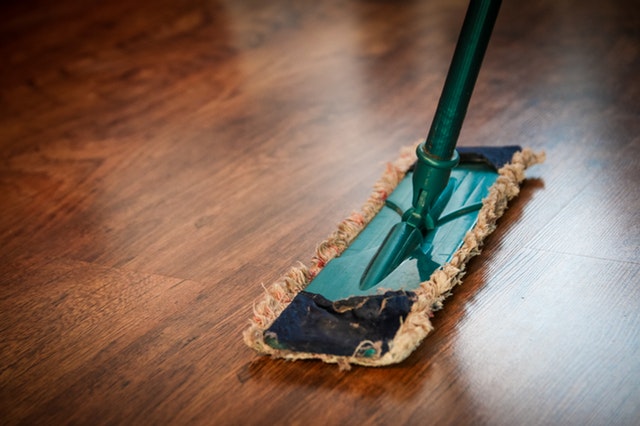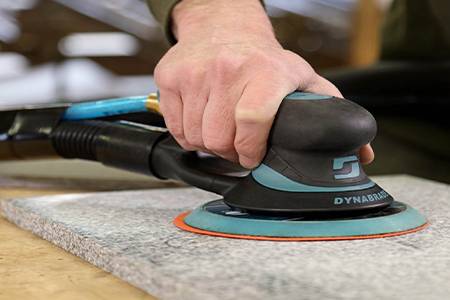¿Necesitas un lijado de precisión sin dañar superficies delicadas? Descubre las ventajas del disco de espuma estándar...
}Wooden floors are increasingly introduced in our homes and private businesses, as well as in buildings and public spaces, both indoors and outdoors. This greater demand is due, to a large extent, to the wide design possibilities they offer, to the beauty and naturalness of their exclusive finishes, as well as the feeling of warmth and welcome they generate in their surroundings. However, although its use is extended to many levels, if we want to sandpaper parquet correctly and achieve professional results, we must leave it in the hands of experts and take into account a series of tips.
Therefore, the professional group dedicated to the treatment and care of wooden floors has become very professional in recent years:
The processes of slashing and sanding of parquet no longer generate dust in suspension due to the use of portable vacuum cleaners with high filtration efficiency. This avoids the previous work of covering the furniture and the subsequent cleaning of the generated dust.
During varnishing, chemical products with a very low level of pollutant emissions (volatile organic components) are used, which do not leave unpleasant odors.
Quick-drying varnishes are applied, which allows the user to quickly reuse their home quickly.
The sanding of parquet and treatment of wooden floors has become very professional in recent years
Thus, installers and reformers have become specialists in:
Finishes: varnishes, primers, oils and waxes, plasters ...
Soil care: cleaning, maintenance, polishing, etc.
Adhesives, primers and anti-humidity treatments, among others.
Parquet sanding machines: belt, roller, edge, sanders, polishers ...
Abrasives: ceramic ore, zirconium, silicon carbide and more.
Main defects to consider when sanding parquet
From the point of view of sanding or stabbing the parquet, the main damages suffered by wooden floors are related to wear and deterioration in transit areas:
Presence of deep stripes
Surface scratches
Yellowing
Stains
Discolorations
Loss of brightness
Dull aspect
The work done on a wooden floor offers multiple possibilities: from a thorough cleaning of the pavement, the elimination of embedded dust and surface scratches, a treatment to extend its useful life, or even a complete change of the appearance of the floor by renewing This way your initial design.
Sanding parquet and treating it can bring great benefits to both aesthetics and surface life.

Tools used for parquet sanding operations
The sanding and slashing operations of parquet and wooden floors are carried out with portable power tools for manual use. Basically two types are used
Belt and/or roller sanders: perform the bulk of sanding work on the wooden surface
Shore sanders: allow access to edges or banks and areas with difficult access.
1. Belt sanders for parquet stabbing
These are portable electric machines that have a suction system that reduces the deposition of dust on the sanded floor.
They are easy to handle and can be assembled and disassembled in a simple way, which is important when facilitating the movement of the professional between different jobs.
The machine's own weight is responsible for generating the sanding pressure. Therefore, they are heavier the greater the working power.
They have one or two band speeds, in order to adapt the speed to the type of work you want to do.
The assembly and disassembly of the abrasive belt is generally simple. In addition, there are some models of sanders that allow to attach brushes for the rustication or aging of the surfaces.
2. Shore sanders
They are much smaller and more manageable machines than the band ones since they are designed for sanding and profiling the edges.
Despite their small size they are compact and very powerful machines, with a high sanding capacity and perfect for sanding parquet.
These sanders also have a system for collecting dust, some are even equipped with lights for a better view of the work.
The maneuverability of the machine depends on the length of the sanding arm. The shorter arms facilitate handling and movements.
Formats of abrasives used to sand parquet
The abrasive formats used to sand parquet and other wooden floors are three:
Sanding Bands
Abrasive rolls
Sanding discs
These bands, rolls and discs are manufactured with abrasives whose support is a rigid cotton and/or cotton-polyester fabric, capable of withstanding sanding efforts with coarse grains
The most common dimensions in abrasive belts are (width x length): 200 x 550 mm, 200 x 750 mm, 250 x 750 mm
Regarding rolls, the most common measures are (width x length): 200 mm x 10 meters, 250 mm x 10 meters, 300 mm x 10 meters.
As for discs, the most commonly used diameters are: D125 mm, D150 mm, D180 mm, D200 mm and D400 mm, all with central hole
Regarding the granulometries used, we can group them according to the type of sanding to be performed:
Coarse sanding with sandpaper grains 24, 36, 40
Medium sanding with sandpaper grains 60, 80
Fine sanding with sandpaper grains 100, 120, 150

Types of abrasive minerals used for sanding wood floors
Depending on the level of aggressiveness and the degree of finish required by the work to be performed on the wooden floor, the following types of abrasive minerals are recommended, in any of the three formats discussed above:
1. Bands, rolls and discs with CERAMIC ore:
It is a synthetic mineral of the latest generation that provides an optimum level of aggressiveness for very aggressive work, maintaining a very high duration.
Its use is recommended for rough sanding with 24, 36 or 40 wood grains and hard varnishes.
It requires a high working pressure so that its cutting capacity is reflected.
2. Bands, rolls and discs with ZIRCONIO ore:
Zirconium ore abrasives also have high aggressiveness with a high shelf life.
It is the most used option to perform a rough sanding with grains 40, 60 and 80.
They require a lower working pressure than ceramic minerals in order to work properly.
3. Bands, rolls and discs with SILICON CARBIDE ore:
Silicon carbide ore is one of the standard options in the market.
It is a very hard mineral, with very sharp and sharp edges that quickly sharpen during wear, preventing surface overheating.
4. Bands, rolls and discs with ALUMINUM OXIDE ore:
Finally, abrasives with aluminum oxide ore are the most standard option on the market.
They are recommended for fine sanding of surfaces on grains 100, 120 and 150.
They have a very good value for money.
Steps for sanding parquet: usual process
The steps for a correct sanding of the wooden floor and sanding of parquet are summarized in:
STEP 1: ROUGH SANDING OF THE FLOOR AND EDGES
strong>With the belt sander and/or roller: place the belt and/or roll in the sanding drum, adjust the drum to apply a high working pressure and proceed to perform a rough sanding of the floor of the room with an abrasive of grain 40.
With the shore sander: then perform a rough sanding of the edges with a disc of grain 40.
STEP 2: MEDIUM SANDING OF THE FLOOR AND EDGES
With belt sander and/or roller: Replace the previous belt with a grain 60, adjusting the drum to apply a medium pressure and proceed to a medium sanding of the floor of the room.
With the shore sander: Similarly, and with a 60 grit disk proceed at the edges and edges.
STEP 3: CORNER SANDING
Sand the floor of the corners by hand or with the help of some planer or sanding finger to level it with the rest of the surface.
STEP 4: FILL DEFECTS WITH PUTTY
Fill the small holes, scratches, cracks and surface defects that require this type of solution.
STEP 5: FINE SANDING OF THE FLOOR AND EDGES
With the belt sander and/or roller: Replace the previous belt with a grain 100, adjusting the drum to apply a low pressure and proceed to fine sanding the floor of the room.
<With the shore sander: Similarly, and with a 100 grit disc proceed at the edges and edges.
STEP 6: ROOM VARNISHING
It is the moment in which the final finish is given to the surface to protect and polish it, using varnish.

Tips to consider when sanding the floor
Parquet sanding work should be carried out in a phased and progressive manner, trying not to make more than one grain jump between a process and its previous one.
We must apply the working pressure according to the type of operation and grit of sandpaper we have assembled. Avoiding excessive pressures on medium or fine grains.
We must be aware that rushing the change of the abrasive generates a sanded surface with a poor appearance, with gloss and polished areas, which will lead to uneven absorption of the varnish, oil or wax applied.
Surfaces that are to be treated later with oil or wax require extra fine sanding to prevent sanding scratches.
When we work with the belt sander and/or roller, we must rest it little by little on the surface with the roller of the sander already in operation.
We should always sand in the same direction as the wooden floor.
It is recommended to sand by passing one way and another one back on the same path.
When making a new pass, we will overlap it about 8-10 cm with the previous one to avoid that lines of soil remain without sanding or that differentiated stripes are appreciated.
Do you want to know which products for sanding parquet best fit your needs and budget? Contact us and we will advise you.







.png)
















 (1).png)
 (1).png)
.png)
.png)
.png)

.png)
.png)
.png)
.png)
.png)
.png)
.png)
.png)
.png)
.png)
.png)
.png)







